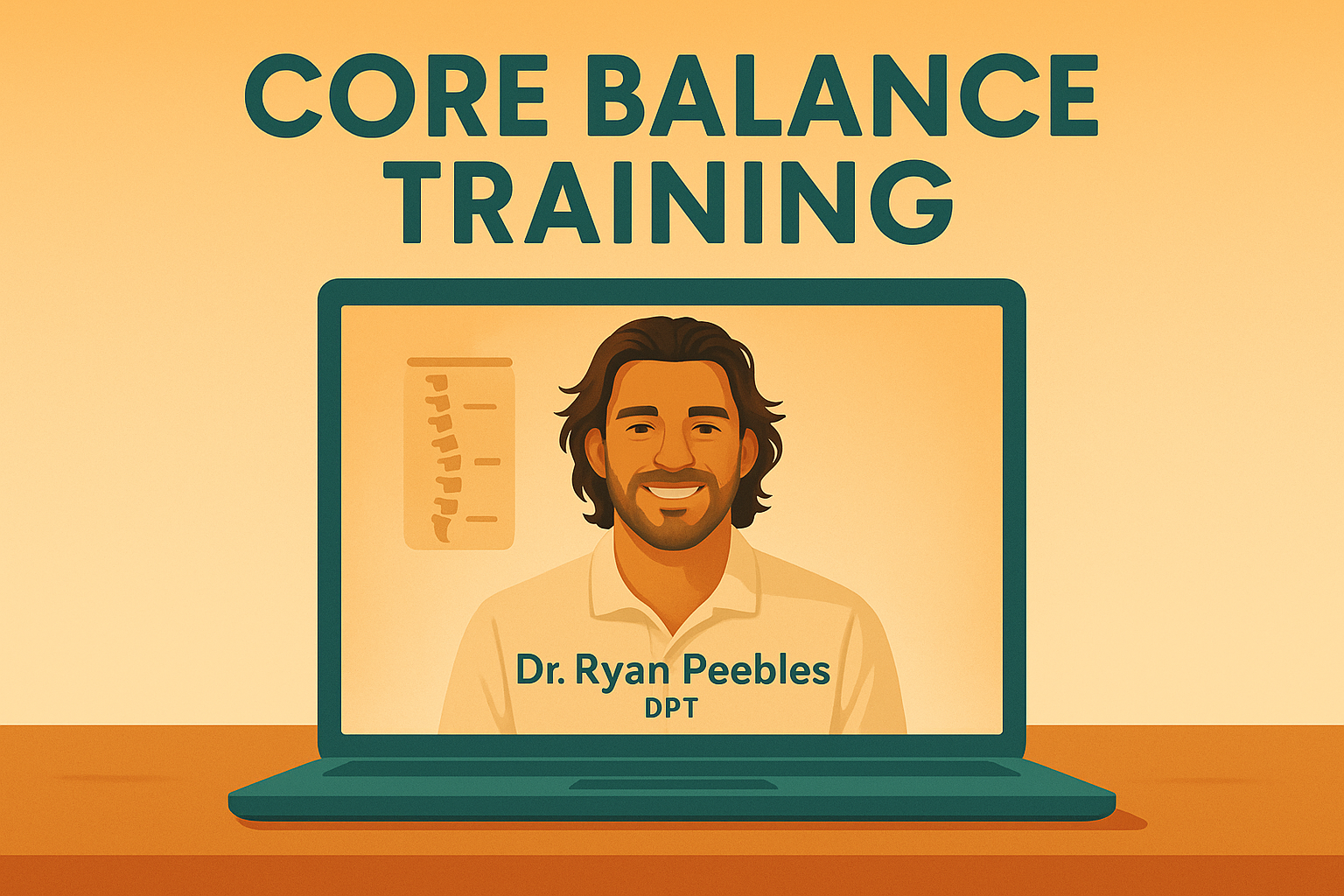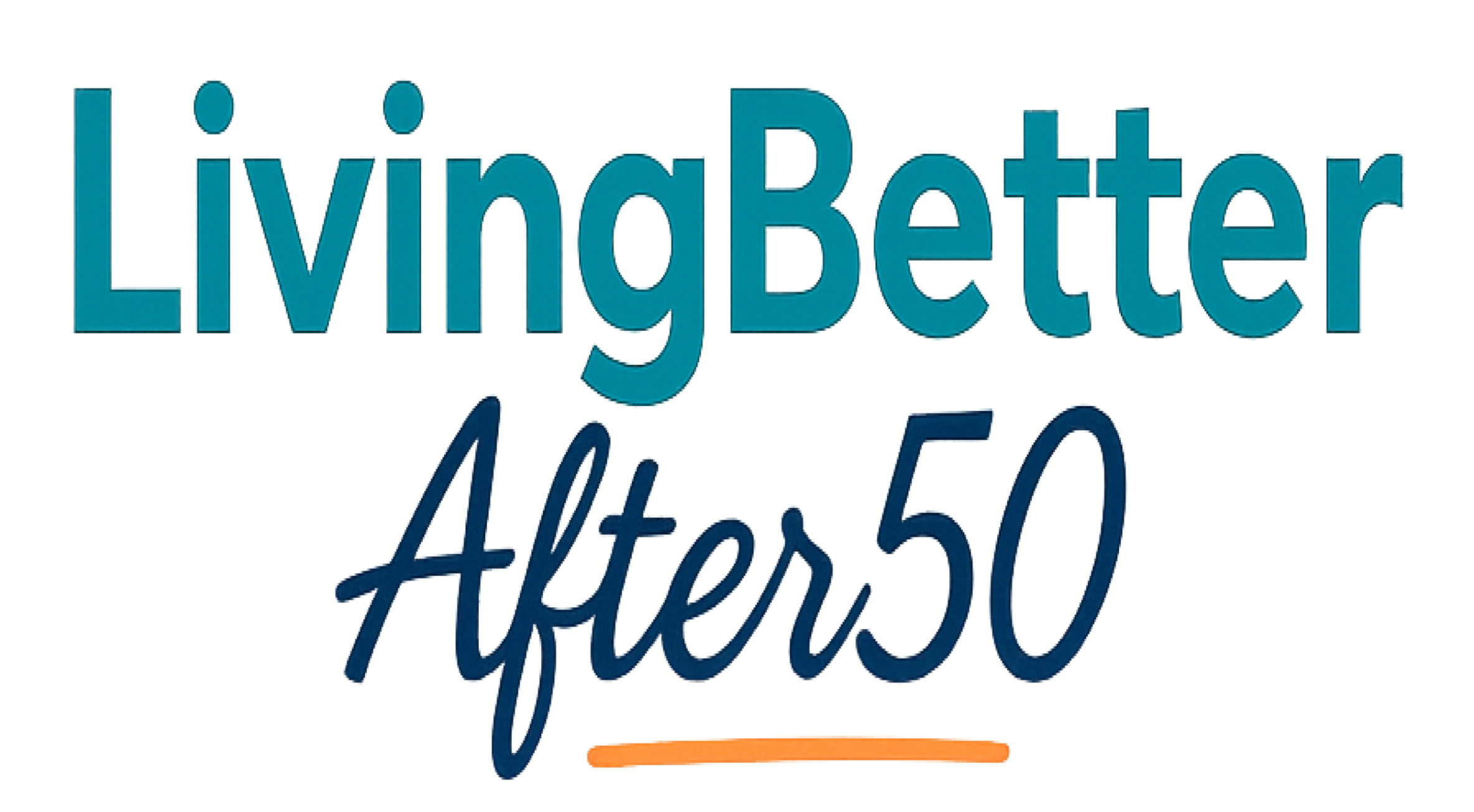What if the reason you haven’t found lasting relief isn’t your fault — but the way back pain is usually treated?
Most solutions don’t go deep enough. At best, they mask pain. At worst, they waste time, money, and hope.
Maybe you’ve tried a few yourself — bouncing from one option to the next, only to wind up back at square one.
You’re not alone. Millions of people get stuck in this cycle, hoping the next fix will finally work.
And while many methods do provide short-term relief, they rarely address the root dysfunction.
That’s why so many people end up trapped on the “appointment treadmill,” needing one more session, one more pill, one more device just to get through the day.
Let’s take a closer look at the most common non-surgical options — and why they so often fall short.
Chiropractic Adjustments
Pros: The hands-on approach can feel amazing in the moment. Many patients walk out feeling more mobile.
Cons: For chronic pain, results are often short-lived. Most patients end up needing adjustment after adjustment, and while it may help manage symptoms, it rarely provides permanent relief.
Physical Therapy
Pros: Backed by mainstream medicine. PT often includes stretching, strengthening, posture work, and sometimes core training. Many people experience improvements.
Cons: Results vary depending on the therapist. Some patients get exercises that aggravate pain. And the reality is, once the sessions stop, the benefits often fade unless you’ve learned how to maintain progress on your own.
Acupuncture & Dry Needling
Pros: Many people report temporary relief, reduced muscle tension, and better circulation. Some also find it calming for stress and anxiety.
Cons: Results are highly variable. For chronic back pain, the effects usually don’t last long. And while it may help with symptoms, it doesn’t retrain how you move — so the root cause remains.
Massage Therapy
Pros: Feels amazing in the moment. Can loosen tight muscles, improve circulation, and provide stress relief.
Cons: Relief is short-lived. Within hours or days, tension and pain often return. Massage addresses surface-level tightness but not the deeper movement dysfunctions that keep pain recurring.
Pain Pills & Injections
Pros: Quick relief. Covered by insurance. Easy to access.
Cons: Pills only mask pain and carry long-term risks like dependency or organ damage. Injections can numb pain for a few weeks, but they don’t fix the underlying dysfunction. Once the shot wears off, the pain returns.
Yoga & Pilates Classes
Pros: Improve flexibility, mobility, and body awareness. Great for stress management.
Cons: Standard classes aren’t designed for chronic back issues. Some moves can actually make pain worse. And while helpful for overall fitness, they don’t specifically correct faulty movement patterns or activate deep core stabilizers.
YouTube Tutorials
Pros: Free, flexible, and accessible to anyone with an internet connection. A wide range of stretches and routines are available 24/7.
Cons: They’re generic. One-size-fits-all stretches can make the wrong condition worse. Without personal guidance or feedback, many people get frustrated or even hurt.
Mind-Body Apps (Like Curable)
Pros: Great for tackling the psychological side of pain. They can help reduce stress, fear, and anxiety that often make pain feel worse.
Cons: On their own, they don’t fix the physical mechanics of chronic back pain. Helpful as part of a bigger strategy, but not enough by themselves.
Stem Cell & Regenerative Injections
Pros: Marketed as cutting-edge. Some patients see improvement in joint health or pain reduction.
Cons: Extremely expensive. Results are unpredictable. And even if the tissue heals, faulty movement patterns are still there — meaning pain often returns.
Online Pain and Wellness Programs
Pros: Many online fitness and wellness programs bring something valuable to the table. For example:
- MoveU: fun, high-energy community.
- BackUnbroken: focuses on brain-body connections.
- Doc Jen Fit: motivating and educational.
- Man Flow Yoga: approachable, male-friendly yoga routines.
- YOGABODY: short, accessible stretches.
- E3 Rehab: highly research-driven.
Each can be excellent for general mobility, strength, or injury recovery.
Cons: The problem is, very few are built specifically for chronic back pain. Most don’t zero in on the things that drive pain to keep coming back. So, while they may improve fitness overall, they rarely deliver the lasting relief people with long-term back issues truly need.
The common thread? None of these methods address the root cause of chronic back pain. Without correcting those issues, every “fix” is temporary.
The Surprising Breakthrough That’s Changing Everything

Okay, so we’ve told you all about what DOESN’T work, but have no fear – we didn’t give up!
After much searching we DID find something that not only met the criteria we were searching for in a non-surgical back pain solution, but one backed by an amazing amount of proof – we’re talking about THOUSANDS of verified online reviews from real people who swear they are no longer suffering with back pain.
The solution we found and recommend? It’s called Core Balance Training and it is literally a game changer!
Developed by Dr Ryan Peebles, this isn’t another quick fix or band aid solution that is only temporary. It’s also not invasive or does it come with any possible negative side effects.
It’s actually a SYSTEM for retraining your body how to move so you can live without pain!

Dr. Ryan discovered this for himself after more than a decade of chronic pain and endless failed treatments. At a young age he was even given the grim prognosis of a future bound to a wheel chair.
Refusing to accept this he dug deep into the science of movement, he uncovered the true culprit: deep muscle imbalances and faulty movement patterns.
Unless these root issues are corrected, no pill, injection, or adjustment will ever hold.
Dr. Ryan developed a system to retrain his body — later becoming known as Core Balance Training (CBT).
It’s an easy step-by-step method that takes only 15 minutes per day and comes down to 3 main steps:

- Step 1: Relax the overactive muscles. Years of poor posture cause certain muscles to overfire and lock your spine into unhealthy positions.
- Step 2: Activate your “core anchors.” These deep stabilizers protect your spine. Once activated, they restore balance and take pressure off the back.
- Step 3: Reprogram everyday movement. CBT retrains how you sit, stand, walk, and bend so the improvements stick for good,
Yes it sounds simple and it is. But it’s also incredibly POWERFUL.
In fact, thousands of men and women of all ages have now found lasting relief from their chronic back pain.
Even after everything else they tried had failed.
And these aren’t one-off cases.
According to student-wide surveys, 95% report success with the program.

If You’re Struggling with Back Pain, You Need to Try This
You’ve likely tried a handful of things — maybe even most of the options above — and yet nothing has provided lasting relief or given you the freedom to live life without worrying about your back flaring up.
That’s exactly why Core Balance Training gets our top recommendation.
It’s simple to use, takes just 15 minutes a day, and is backed by a 7-Day Free Trial plus a 30-Day Money-Back Guarantee.
So you can test it completely risk-free and see for yourself why more than 30,000 men and women say it changed their lives for good!
Disclosure: This is a promotional article by Core Balance Training who is the sponsor of Living Better After 50 – . If you choose to try the program you will be supporting the continued growth of this site.
This content is for informational purposes only and is not a substitute for medical advice.


